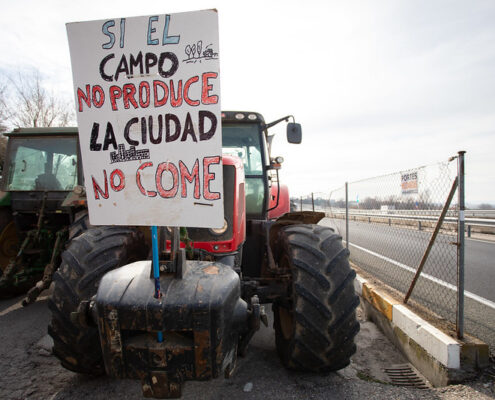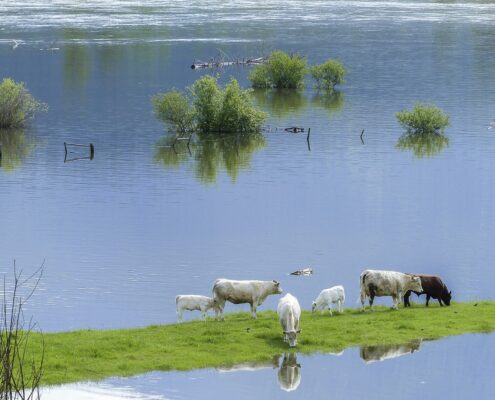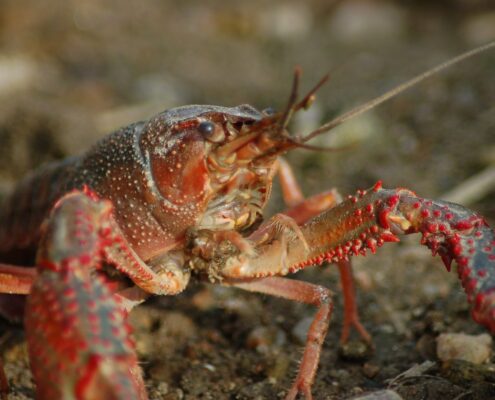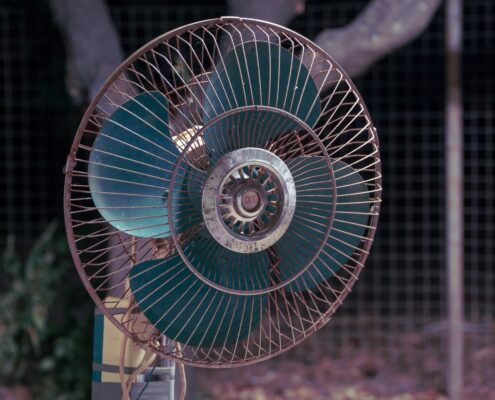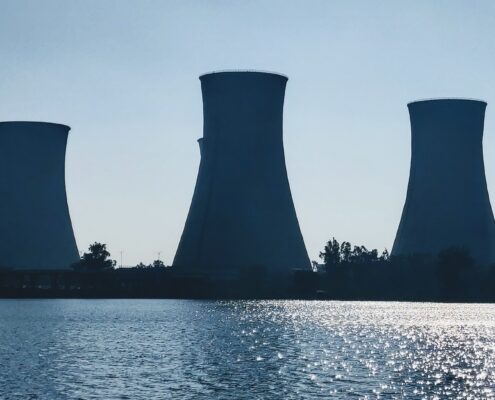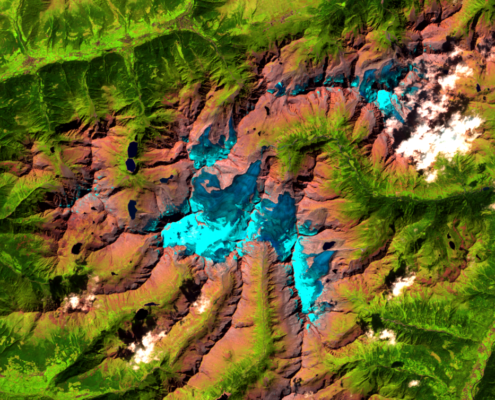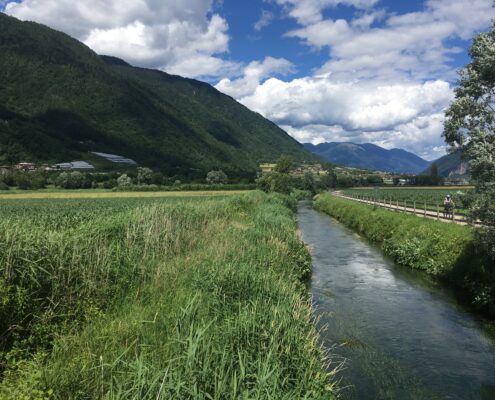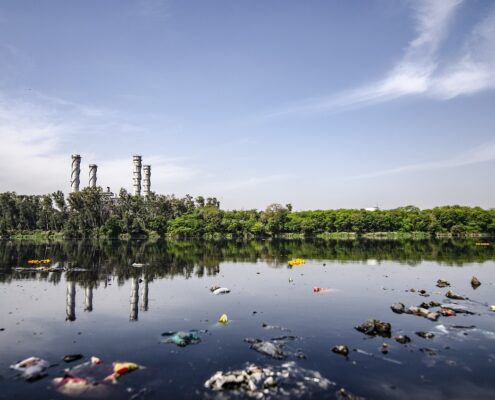 https://greenmarked.it/wp-content/uploads/2024/04/contamination-4286704_1280.jpg
848
1280
Etienne Hoekstra
https://greenmarked.it/wp-content/uploads/2022/01/LOGO-GREENMARKED-SITO-600x600.png
Etienne Hoekstra2024-04-12 06:51:082024-04-12 20:26:47The Dirty Water Dilemma
https://greenmarked.it/wp-content/uploads/2024/04/contamination-4286704_1280.jpg
848
1280
Etienne Hoekstra
https://greenmarked.it/wp-content/uploads/2022/01/LOGO-GREENMARKED-SITO-600x600.png
Etienne Hoekstra2024-04-12 06:51:082024-04-12 20:26:47The Dirty Water DilemmaMay 23, 2023

In its last annual report, the Copernicus Climate Change Service has stated that in 2022, Europe suffered records on extreme events such as wildfires, floods, temperature rising and drought. It is estimated that last year Europe had the worst drought episode in the last 500 years [1]. Some countries in the south of Europe are more sensitive to drought and increase of temperatures, due to the Mediterranean climate [2]. Periodic droughts are nothing new for several ecosystems that thrive in this climate, for example, according to the Convention on Biological Diversity (CBD), Spain is one of the most biodiverse countries in Europe [3]. The success of said ecosystems depends on water dynamics properly functioning. In the Ramsar convention, wetlands are recognized as key regulators of the water cycle.
The Ramsar Convention is an agreement signed already by 172 countries, which main objectives are to recognize the importance of wetlands and to protect them [4]. The text defines a wetland as “areas of marsh, fen, peatland or water, whether natural or artificial, permanent or temporary, with water that is static or flowing […].” Wetlands are thus critical in water regulation and providing for biodiversity as well as human consumption.
Humans, as any other form of life in Earth, are dependent on water. But water is not an unlimited resource to use at will. Wetlands, lakes, and aquifers have concrete dynamics of discharge and recharge, and once these dynamics get altered, the ecosystem and the species that inhabit it – humans among them –, will suffer the consequences. The wetland situation in Spain has come to a critical point [5].
Spanish wetlands have many ecological functions. Not only they help with the regulation of the water cycle, but in many other processes. Birds are highly dependent on these places, as they are the last resting point in migration routes to Africa. Wetlands are also refuges for many species reliant on water during dry summer seasons, characteristic of the Mediterranean climate. Amphibians, for example, which are also one of the animal groups most affected by global warming.

Fig. 1: Flamingos resting in Delta de l’Ebre Natural Park. Photo by Mikipons on Wikimedia Commons.
Wetlands are also sources for human water consumption, either for drinking, irrigation, or industrial use. A sensible human use could be compatible with natural water dynamics, but alas, this is not the case. One of the most known and iconic wetlands in Spain is Doñana, of crucial importance for bird migration, or threatened species as the Iberian lynx or the Imperial Eagle. The wetland is recharged thanks to a subjacent aquifer, which has also been used for irrigation of near crops. However, over the last decades, the aquifer is getting worse and worse [6]. The most urgent threats are the impending drought and global warming, yes, but also the lack of responsibility with regard to water usage.
Spain is known as the “kitchen garden of Europe”, providing up to 5.7 million tons of vegetables [7]. Vegetable production requires intensive irrigation farming in a naturally dry land, and this production level needs considerable amounts of water. Until 1990, there were approximately 1.08 million hectares of irrigation farming in the country. During the last decades, with help of the Spanish government and EU’s Common Agricultural Policy, the number has gone up to 3.45 million hectares [8]. Most of the country’s vegetables production is focused on the south, see Andalucía or Murcia.
“It is no longer sustainable – it never was, to start with – to subsidize monocultures, or help planting rice fields in dry lands, forcing farmers to use extra water from aquifers”
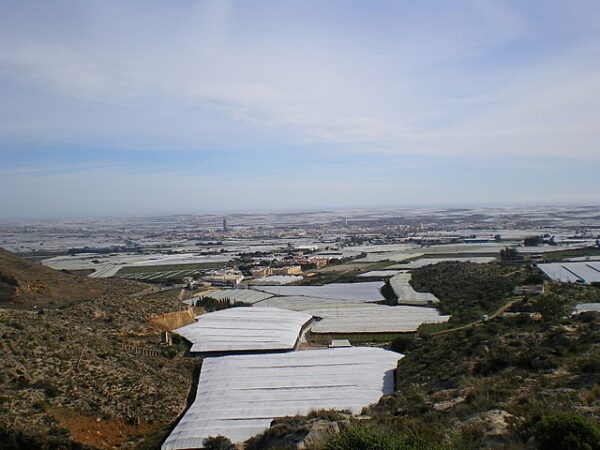
Fig. 2: Plastic sea” or vegetable greenhouses in El Ejido, Almería, Spain. Photo by ANE on Wikimedia Commons.
It is urgent to rethink our need to have any vegetable or fruit we want available all year long. This is very recent, and until not so long ago, people respected the seasonality of food. The fact that we can get mangos or avocados at will seem innocuous, but it has serious consequences, especially for southern Europe landscapes, ecosystems and biodiversity. But this kind of actions, although helpful, have to be accompanied by bigger scale ones.
The CAP takes one third of the European budget. Its first objective is to help farmers improve productivity, but this cannot be done at any cost. But other objective is to make a reasonable and sustainable use of natural resources [9]. What is proposed here is a shift in the way of seeing the agricultural production in the UE.
The first step would be creating a map database of all the agricultural landscapes, their climate, water and soil resources, biodiversity, … And then, another estimate of the consumption needs of each country. With this information, the UE can estimate what has to be produced, and distribute the different crops that are needed over the map, considering where each crop is going to be adequate without overexploiting the ecosystem. It is no longer sustainable – it never was, to start with – to subsidize monocultures, or help planting rice fields in dry lands, forcing farmers to use extra water from aquifers. Now we intend to solve it with water transfers from one watershed to another – terrible in biodiversity terms, due to invasive species – in order to keep afloat something unsustainable.
Dry-land crops in dry lands, irrigation crops in humid lands. Laws, policies, and programs have to be done from the start following an ecological perspective, that pays attention to sustainability and ecosystem needs. The Earth needs society to be engaged with its preservation that will stop focusing on the economic perspective that overexploits the land. Wetlands, among other ecosystems, are suffering our greed. Their degraded state affects biodiversity, but also us, and we can, and must adapt our lifestyle in order to protect them.
This article is part of the project “PILLOLE D’ACQUA PIANA: seminari itineranti, blog e podcast per una gestione sostenibile delle risorse idriche in Piana Rotaliana” carried out by ECONTROVERTIA APS and supported by Fondazione Caritro (Prot. no. U445.2023/SG.386 of April 23, 2023).


Related articles:
References:
[1] Copernicus Climate Change Service (2022). OBSERVER 2022: a year of extremes. Retrieved on 26 April 2023, from https://www.copernicus.eu/en/news/news/observer-2022-year-extremes
[2] Jones, S (27 April, 2023). Spain braced for record April temperature of 39C as extreme heat causes misery. Retrieved on 27 April 2023, from https://www.theguardian.com/world/2023/apr/27/spain-braced-for-record-april-temperature-of-39c-as-heatwave-causes-misery
[3] Convention of Biological Diversity (2020). Spain Biodiversity. Retrieved on 27 April 2023, from https://www.cbd.int/countries/profile/?country=es
[4] Ramsar Convention Bureau (2002). The Ramsar Convention on Wetlands of International Importance: An Introductory Ramsar Brochure. Retrieved on 22 April 2023, from https://www.ramsar.org
[5] Tudela, A., Delgado, A. (9 October 2022). Acuíferos al límite: España daña gravemente sus reservas subterráneas de agua. Retrieved on 24 April 2023, from https://especiales.datadista.com/medioambiente/acuiferos-sobrexplotados-contaminados-espana/?s=09
[6] Alcalde, S. (21 April 2023). La falta de agua ahoga Doñana. Retrieved on 25 April 2023, from https://www.nationalgeographic.com.es/medio-ambiente/la-falta-de-agua-ahoga-a-donana_17870
[7] La Información (16 April 2022). España bate récords de producción de hortalizas y consolida las exportaciones. Retrieved on 26 April 2023, from https://www.lainformacion.com/economia-negocios-y-finanzas/espana-bate-records-produccion-hortalizas/2864720/
[8] Instituto Nacional de Estadística. Censo Agrario 1999 and Censo Agrario 2020. Retrieved on 25 April 2023, from https://www.ine.es/dyngs/INEbase/es/operacion.htm?c=Estadistica_C&cid=1254736176851&menu=resultados&idp=1254735727106
[9] European Commission. Common Agricultural Policies at glance. Retrieved on 26 April 2023 from https://agriculture.ec.europa.eu/common-agricultural-policy/cap-overview/cap-glance_en
Cover- and preview image:Storks on Doñana wetland, Spain. Photo by Jose Luis Filpo Cabana on Wikimedia Commons, CC BY 3.0

